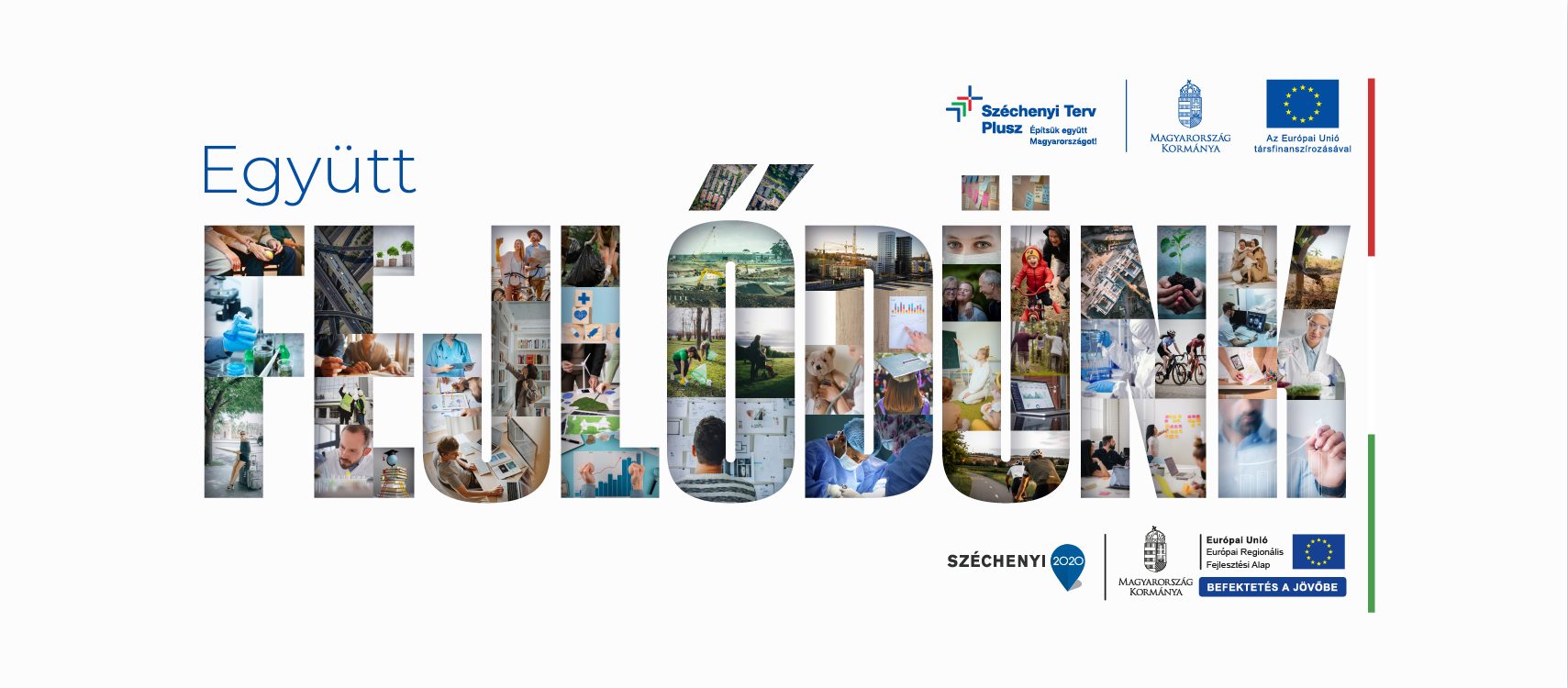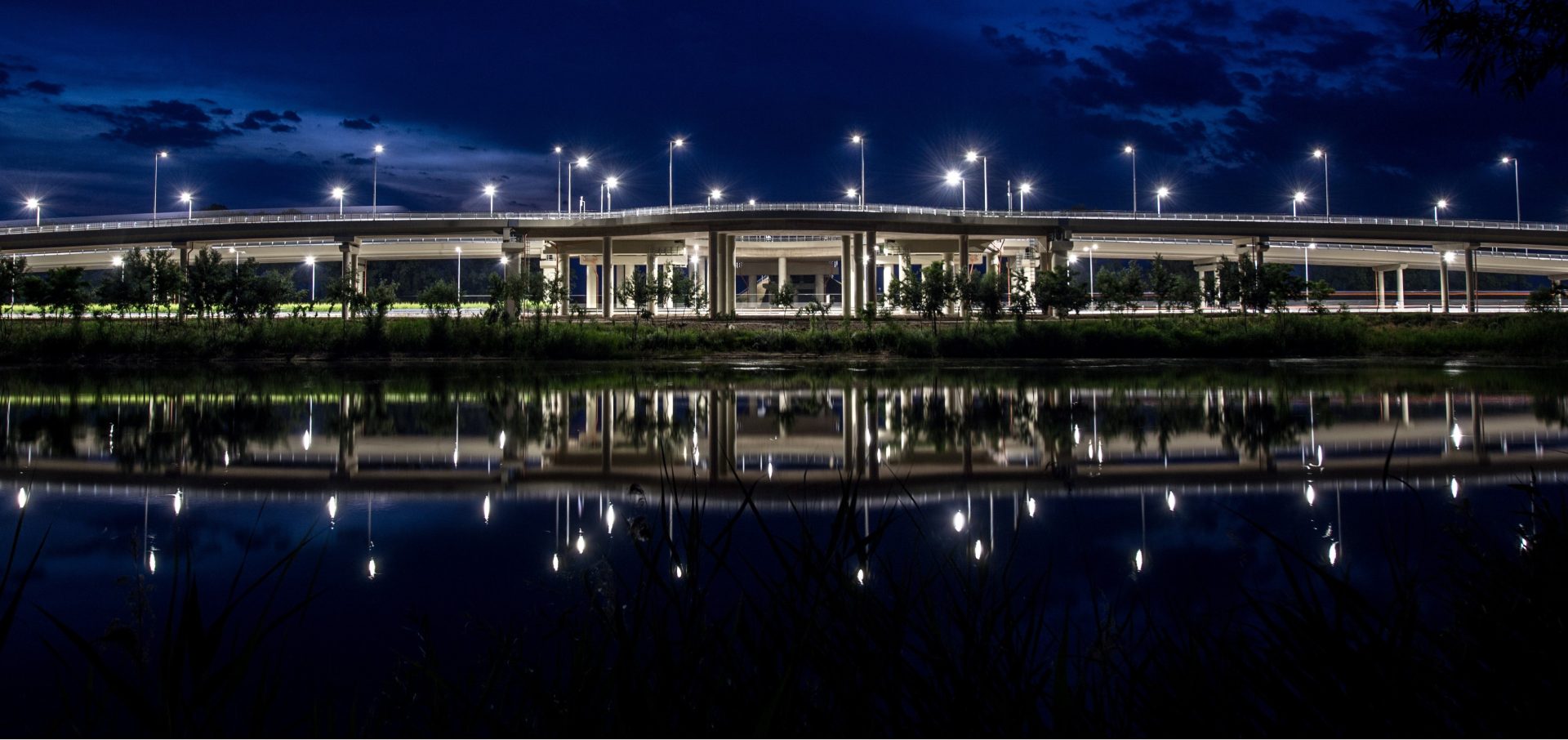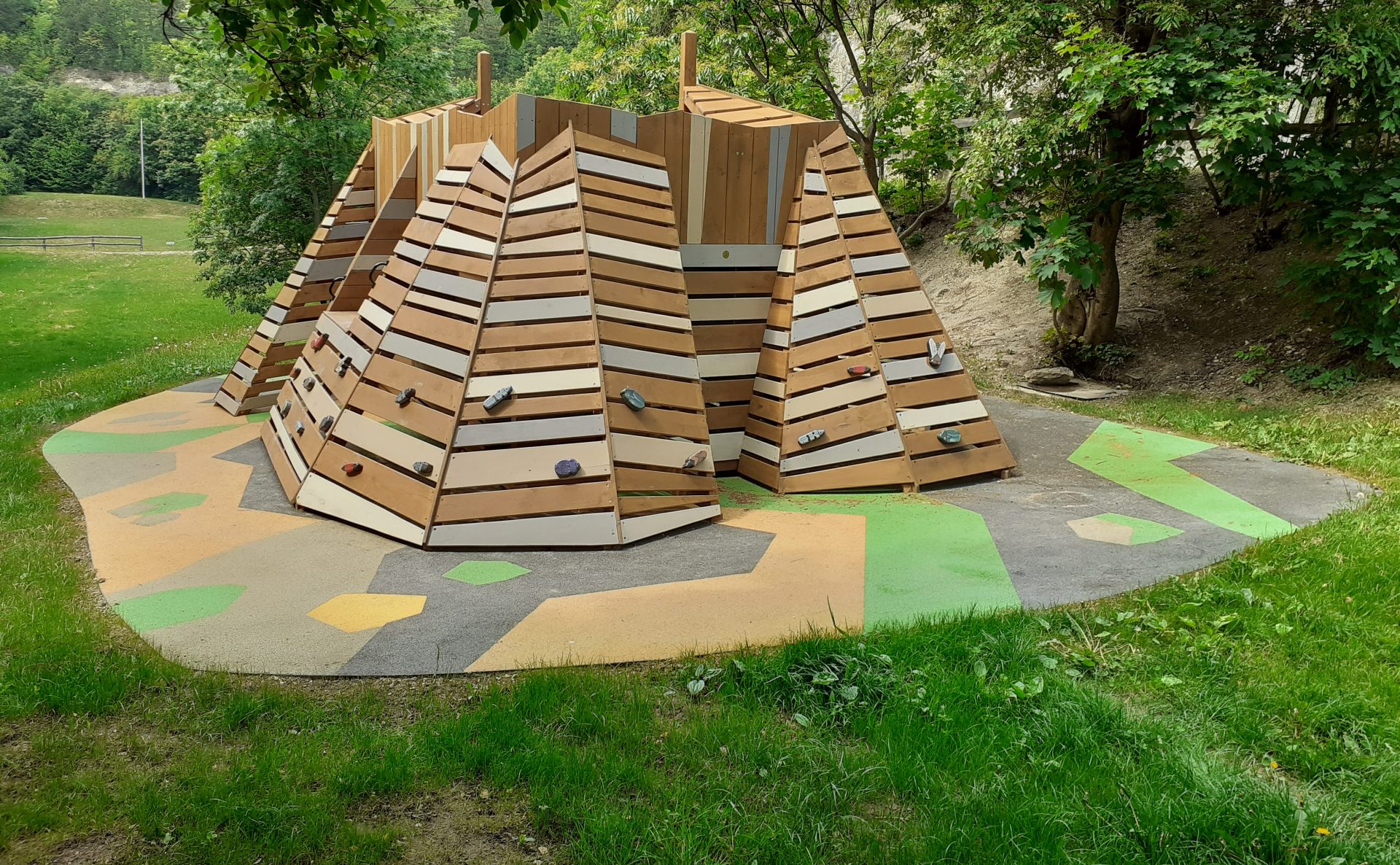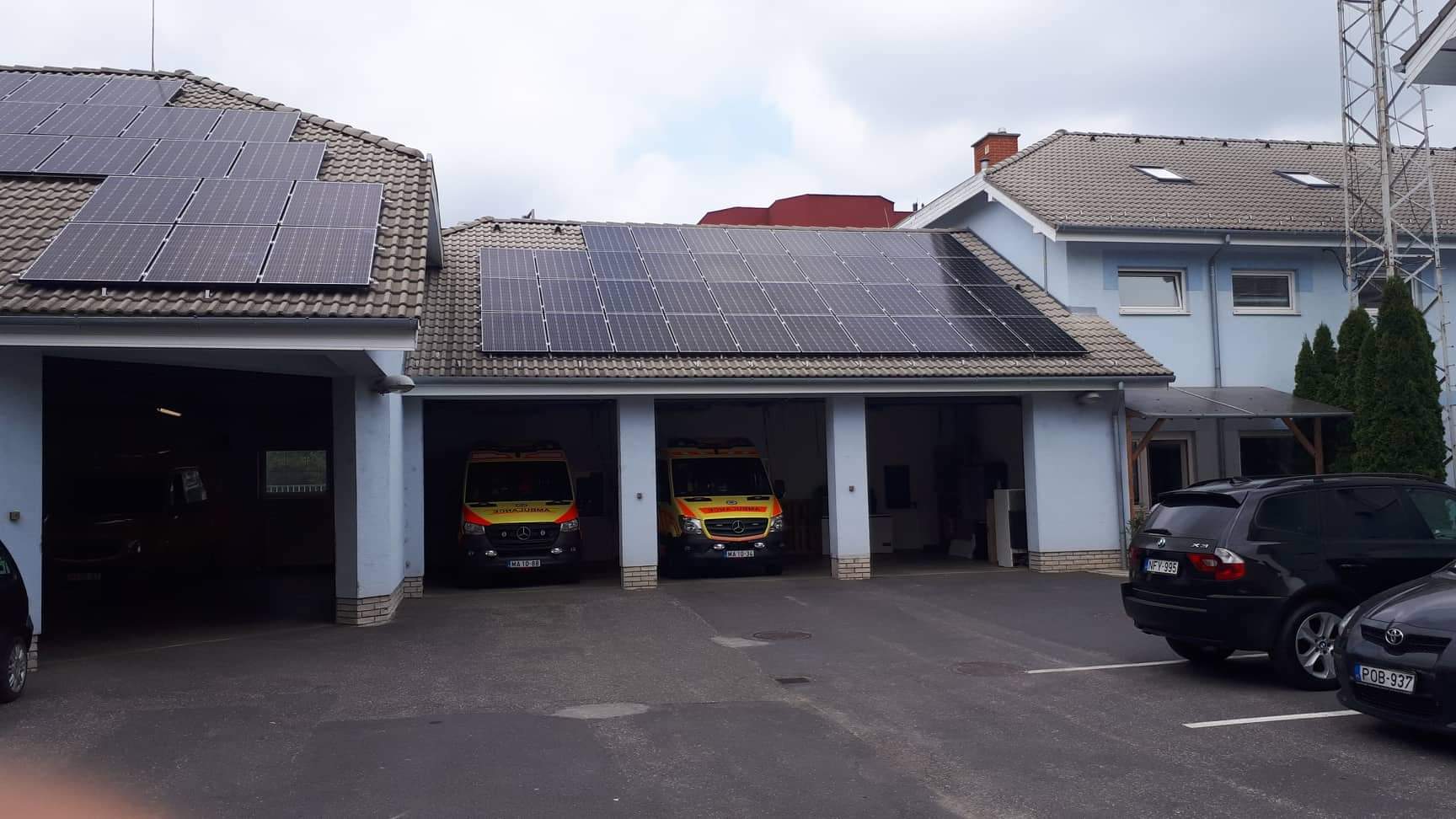The Duna-Ipoly National Park Directorate has carried out a major conservation and tourism development project in the Pilis Biosphere Reserve and the World Heritage nominee Buda Thermal Karst cave system. The project aimed to protect the area’s outstanding geological and zoological values—especially its bat species—and to strengthen the educational and tourism roles of the caves.
One of the main components of the development was the modernization of lighting systems in two popular show caves in the Buda Hills: Pál-völgyi Cave and Szemlő-hegyi Cave. Outdated lighting fixtures were replaced with modern, energy-efficient LED systems. This not only reduced operating costs but also significantly curbed the growth of so-called “lamp flora”—plants that thrive under artificial light—helping to preserve the caves’ natural conditions.
Another key focus of the project was improving conservation and restoring degraded habitats. Interventions were carried out in eight caves across the Pilis and Buda Hills, as well as in one artificial cavity in the Börzsöny region, to protect bats and preserve geological features in the long term. Cave entrances were reopened, made safe, and fitted with special “bat-friendly” gates that prevent unauthorized access while still allowing bats to move freely.
To support habitat protection, ladders, footholds, and ropes were installed at several locations, enabling researchers to monitor cave conditions and bat populations regularly and without disturbance. Great care was taken throughout the construction process to minimize environmental impact, with special attention to timing and material selection.
Visitor safety and enhancing the visitor experience were also key aspects of the project. In the quarry area near Pál-völgyi Cave, loose rocks were removed to eliminate safety hazards for tourists and event participants. Protective railings, which had deteriorated over the past 20 years, were replaced, and retaining walls were reinforced. Similar rockfall prevention work was done at the Sas-hegy Visitor Centre, where eroding dolomite cliffs posed a risk to homes located at the base of the hill.
To enhance the natural experience, cave-themed playgrounds were added in the quarry at Pál-völgyi Cave and in the garden of Szemlő-hegyi Cave. These new facilities are not only a welcome addition for visitors waiting for tours but also for local families. The surface area of the strictly protected Pál-völgyi Cave was fenced off and cleaned of waste, as it had previously been used as an illegal dumping site and a shelter for homeless people.
In line with the project’s focus on environmental education, the visitor center at Szemlő-hegyi Cave was renovated, including the exhibition space and the lecture hall, which is now equipped for screening 3D films. The educational website “Barlangleső,” launched under a previous EU project (EEEOP), was also expanded to include new locations in the Central Hungary region.
The project also included advanced training for cave tour guides, which later resulted in the publication of a training manual. Foreign visitors benefited from audioguides available at both Pál-völgyi and Szemlő-hegyi caves, and a range of multilingual informational leaflets—known as leporellos—were created to support environmental awareness efforts.
VEKOP-4.2.1-15-2016-00002A-Pilisi-Bioszfera-Rezervatum-es-a-vilagoroksegre-jelolt-Budai-termalkarszt-barlangj4
The development was implemented from EU funding in the project VEKOP-4.2.1-15-2016-00002 under the Competitive Central Hungary Operational Program.
Find out more about the project in the Project Finder:Details









